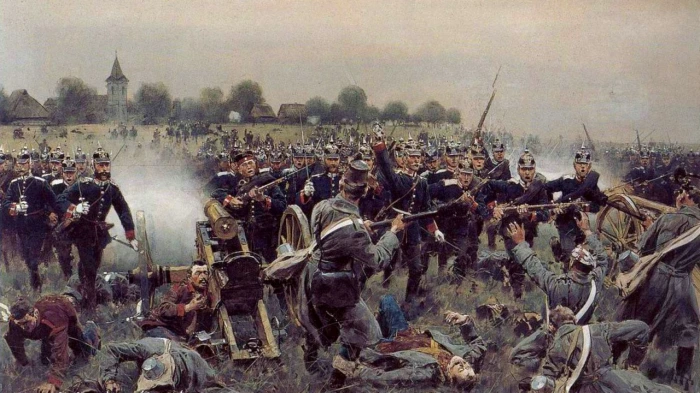Some military paintings of later 19th century caught my attention and I am interested to know how European wars of this era was fought? Especially land battles of the following wars:
Austro-Prussian War (1866)
Franco-Prussian War (1870-1871)
Russo-Turkish War (187778)
Any information about this topic would be greatly appreciated
Thanks in advance





 Reply With Quote
Reply With Quote



































